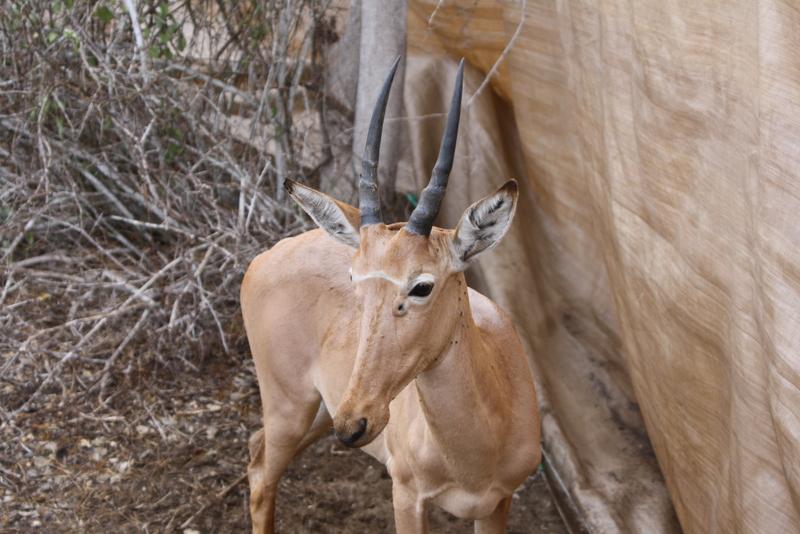Abdullahi Hussein Ali
Other projects
9 Oct 2009
Ecological Interactions between Wild and Domestic Ungulates in East African Arid Ecpsystems: A Case Study of the Endangered Hirola Antelope (Beatragus Hunteri), Kenya
12 Mar 2014
Understanding Resource Selection and Movements of Hirola to Inform Future Reintroductions
26 Nov 2015
Range Restoration for the World’s Most Endangered Antelope and Local Livelihood Improvements in Southeastern Kenya
The main aim of the project is to identify the role of predation and livestock competition as factors underlying Hirola declines in Ijara, Kenya.

Hirola numbers continue to decline despite recent conservation effort, with latest aerial survey estimating the population less than 300 individuals. Hirola populations have been slow to rebound due (at least in part) to the re-colonization of African wild dogs and lions to Ijara. While the population of Hirola within Ishaqbini appears stable, ongoing monitoring suggests low recruitment of juveniles prevents the population from fully recovering.
A preliminary investigation of predation rates on Hirola by large predators in Ishaqbini showed that Hirola accounted for 20% of hair samples in lion scat, which is a much higher proportion than would be expected based on the abundance of Hirola. Therefore, it is likely that predation rates may be sufficient to suppress population growth in such a small population. In response to these findings, KWS and NRT have embarked on an effort to translocate some of the remaining groups of Hirola outside Ishaqbini Conservancy into an in situ predator-proof sanctuary and will ear-tag individuals.
Using this opportunity, I will conduct population viability analyses to compare the relative risks of extinction of Hirola under three conditions to inform selection of reintroduction sites in the future: 1) predators present/livestock present (mixed used area); 2) predators present/livestock absent (core conservation area); and 3)predators absent/livestock absent (sanctuary). All of my work involves community capacity building and community education.
Finally, I will make management recommendations to promote long-term wildlife-pastoralist co-existence in the area.